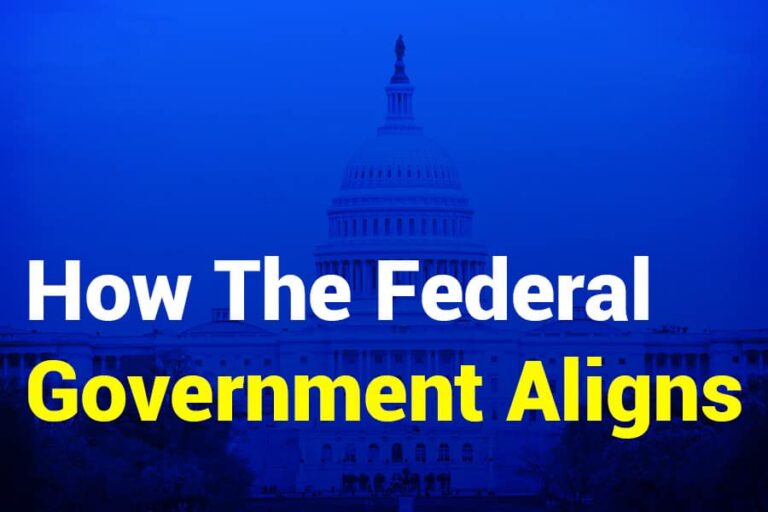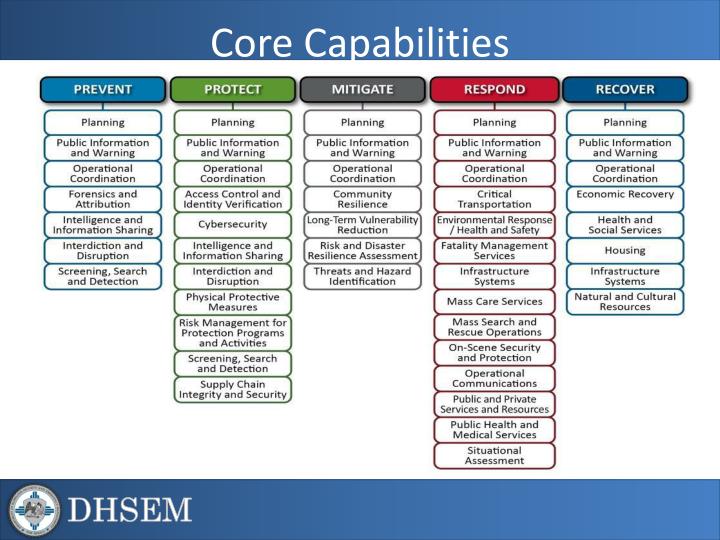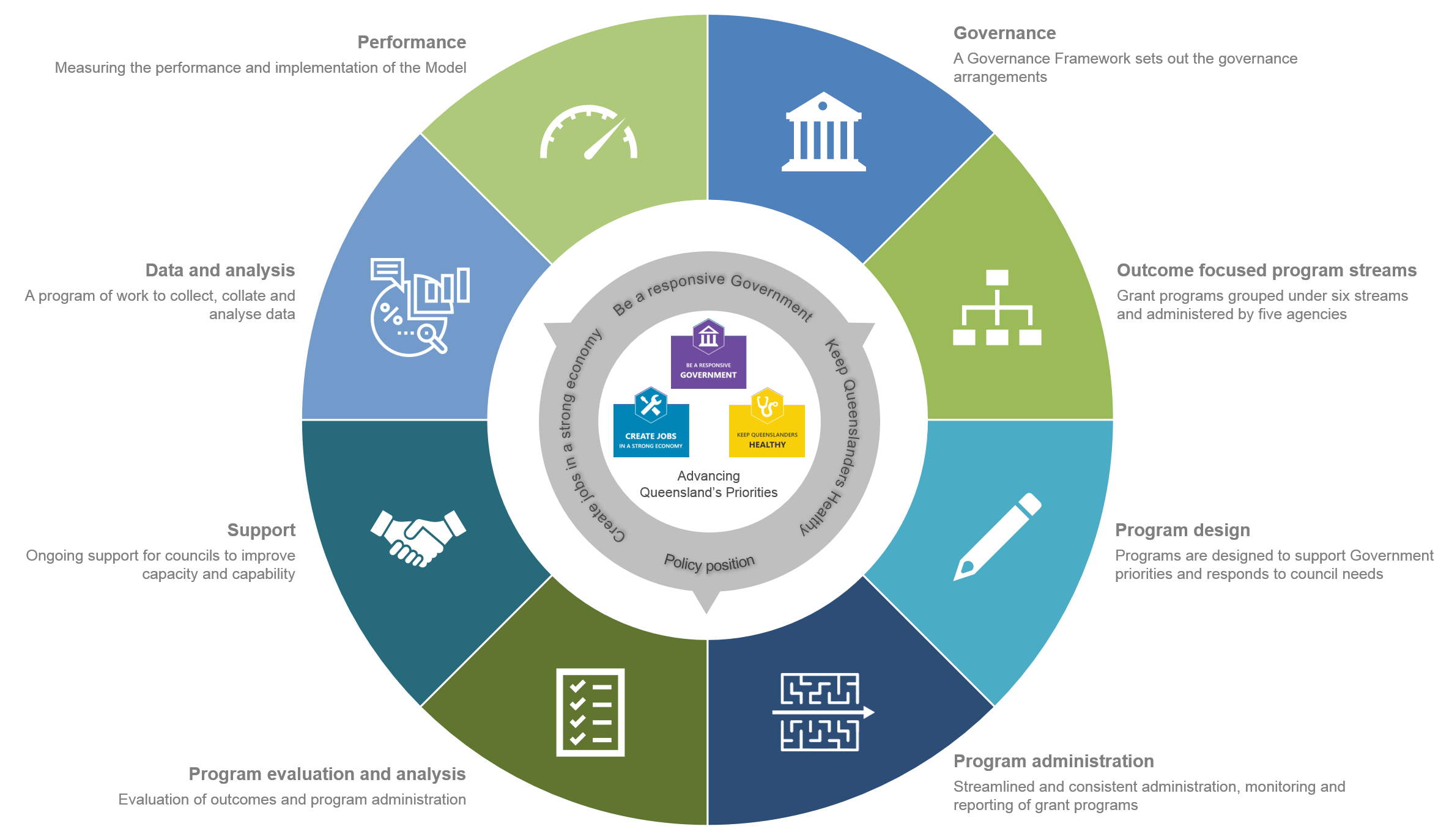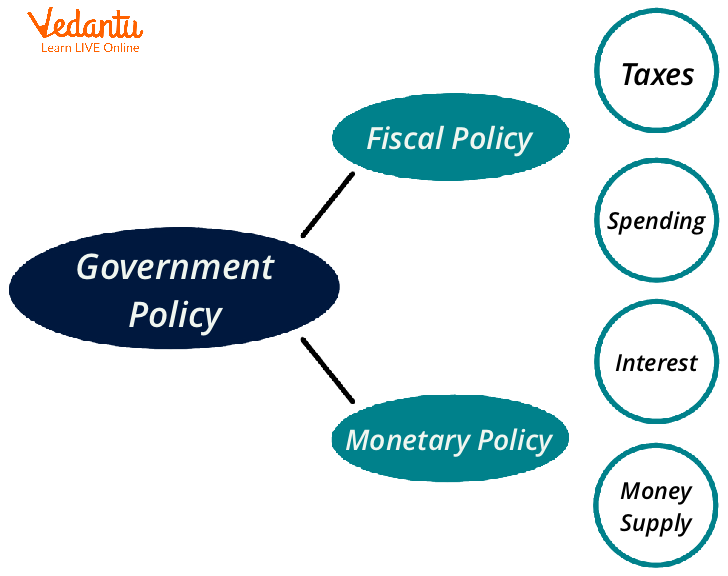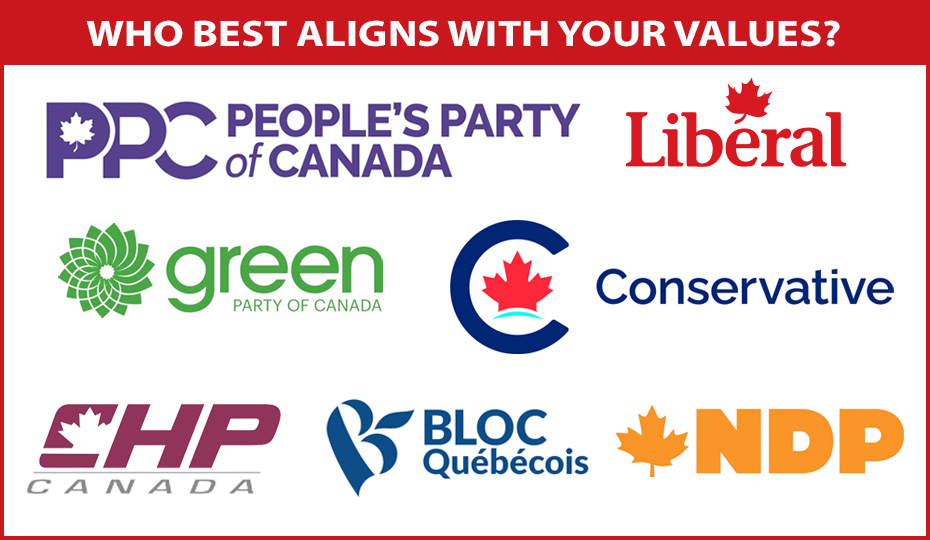How The Federal Government Aligns Resources And Delivers Core

The weight of a nation's expectations rests upon the shoulders of the federal government, particularly when crises loom or long-term societal needs demand attention. How effectively the government channels its vast resources to address these challenges is a critical question, one that directly impacts the lives of every citizen. From disaster relief to infrastructure development and social safety nets, the alignment and delivery of core services are fundamental to the stability and prosperity of the United States.
At its heart, the federal government's ability to align resources and deliver core services is a complex orchestration of budgeting, planning, and execution involving numerous agencies, departments, and stakeholders. This article delves into the intricate processes by which the government prioritizes needs, allocates funding, and implements programs, examining the mechanisms that drive resource allocation and the challenges inherent in ensuring effective service delivery. Examining official statements, government data, and analyses from reputable organizations, this article aims to provide a comprehensive overview of how the federal government fulfills its essential responsibilities, while acknowledging the persistent need for improvement and adaptation.
The Budgetary Framework: Setting Priorities
The federal budget serves as the primary instrument for resource allocation, reflecting the government's priorities for the fiscal year. The process begins with the President's Budget proposal, outlining the administration's funding requests for various agencies and programs.
Congress then reviews and modifies the proposal, ultimately enacting appropriations bills that determine the actual spending levels. This process, often highly politicized, involves intense negotiations and compromises, shaping the allocation of resources across diverse sectors.
According to the Congressional Budget Office (CBO), mandatory spending, such as Social Security and Medicare, consumes a significant portion of the budget, leaving less discretionary funding for other areas like education, infrastructure, and defense.
Agency Roles and Responsibilities
Each federal agency plays a specific role in delivering core services, operating within the framework established by Congress and the Executive Branch. Agencies like the Department of Homeland Security are responsible for national security, while the Department of Health and Human Services focuses on public health and social welfare.
The Environmental Protection Agency (EPA) addresses environmental protection, and the Department of Transportation (DOT) manages transportation infrastructure. These agencies develop and implement programs, administer grants, and enforce regulations to achieve their respective missions.
Data from the Government Accountability Office (GAO) often highlights areas where agencies face challenges in coordinating efforts, streamlining processes, and achieving desired outcomes. Such instances may occur when several agencies must come together to solve a problem.
Challenges in Resource Alignment and Delivery
Despite the established framework, the federal government faces numerous challenges in effectively aligning resources and delivering core services. One persistent issue is bureaucratic inefficiency, which can hinder the timely and effective implementation of programs.
Red tape, complex regulations, and lengthy approval processes can slow down the delivery of critical services, particularly in times of crisis. Moreover, political gridlock and partisan divisions can impede the passage of necessary legislation, delaying funding and disrupting program implementation.
Another challenge is the increasing national debt, which puts pressure on the federal government to make difficult choices about resource allocation. As debt levels rise, policymakers face trade-offs between funding essential services and addressing long-term fiscal sustainability.
Technology and Modernization
Recognizing the need for improvement, the federal government has undertaken efforts to modernize its operations and leverage technology to enhance service delivery. Initiatives like e-government aim to streamline processes, improve transparency, and enhance citizen engagement.
Agencies are increasingly adopting digital technologies, such as cloud computing and data analytics, to improve efficiency and effectiveness. However, implementing these technologies requires significant investment and careful planning to ensure data security and privacy.
According to a report by the National Academy of Public Administration, successful modernization efforts require strong leadership, clear goals, and a commitment to continuous improvement.
Perspectives on Government Effectiveness
Different stakeholders hold varying perspectives on the federal government's effectiveness in aligning resources and delivering core services. Some argue that the government plays a vital role in addressing societal needs and providing essential services that the private sector cannot adequately provide.
Others contend that the government is often inefficient, wasteful, and overly intrusive, advocating for a smaller role and greater reliance on market-based solutions. These diverging views reflect fundamental differences in political ideologies and beliefs about the proper role of government.
Public opinion polls consistently show a mixed assessment of government performance, with satisfaction levels often varying depending on the specific issue and the political climate. The Pew Research Center consistently surveys public attitudes towards government.
Looking Ahead: Enhancing Government Performance
Moving forward, several key areas require attention to enhance the federal government's ability to align resources and deliver core services effectively. Strengthening interagency coordination is crucial to addressing complex challenges that cut across multiple agencies. This requires clear lines of authority, shared goals, and effective communication mechanisms.
Improving the budgetary process is also essential to ensure that resources are allocated strategically and efficiently. Reforms could include simplifying the budget structure, enhancing oversight, and adopting performance-based budgeting techniques. It is critical for government to adapt to a rapidly changing environment.
By embracing innovation, fostering collaboration, and prioritizing results, the federal government can better serve the needs of the American people and ensure a brighter future for the nation. Transparency and accountability are essential elements for a government working for the people.

